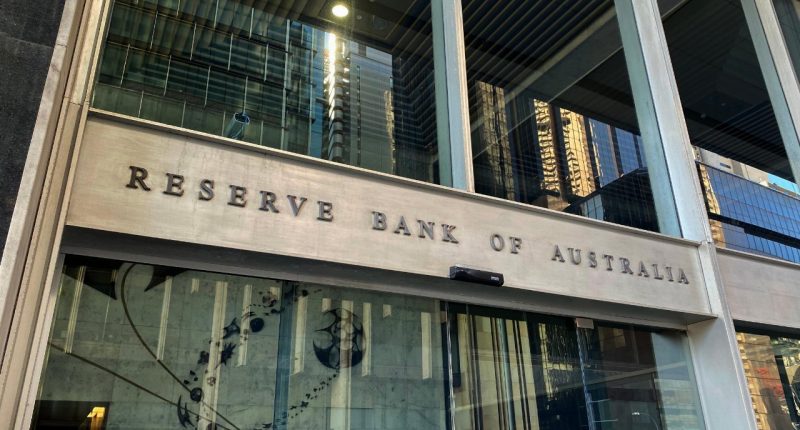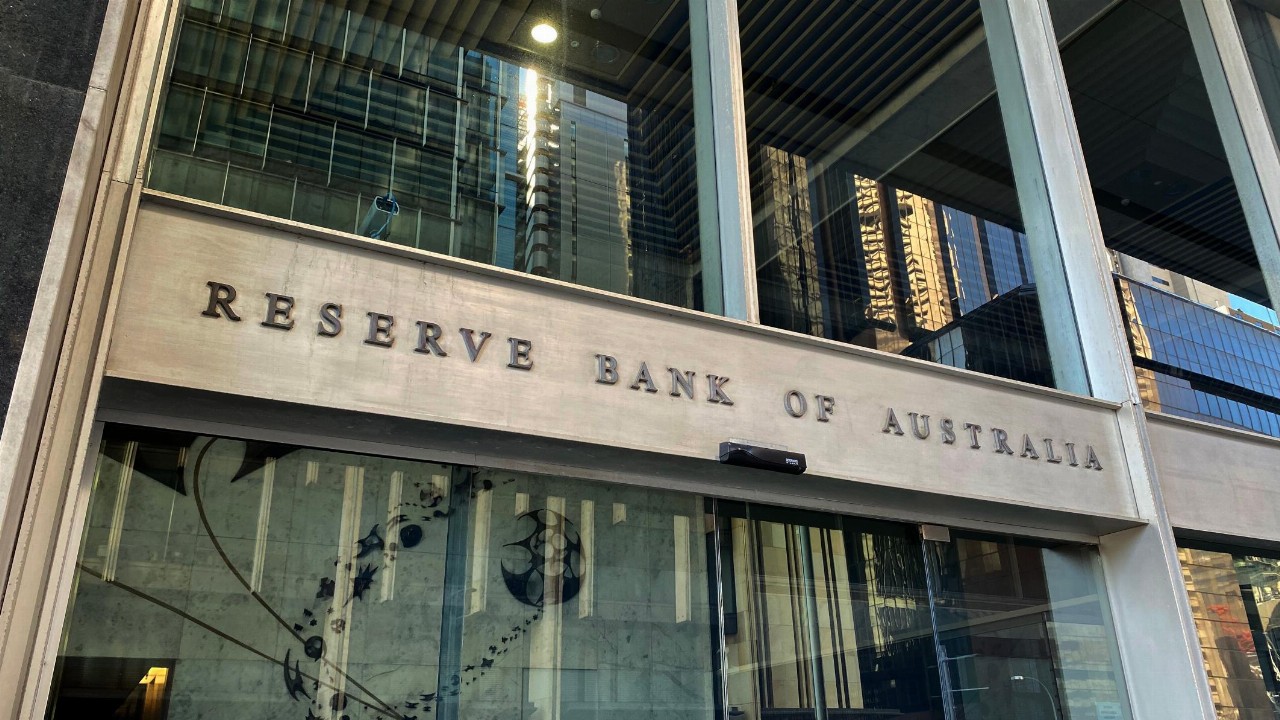In facing its first external review in four decades, the Reserve Bank of Australia (RBA) is set to be stripped of its power to set interest rates.
This particular decision came as part of a total of 51 recommendations that include a new separate board with industry experts placed in charge of monetary policy, holding fewer board meetings with required press conferences.
The Albanese Labor Government announced it would back, in principle, each of the recommendations made in the landmark review, labelled “An RBA fit for the future”.
Australian Treasurer Jim Chalmers released the review on Thursday insisting the country required the most effective central bank and monetary policy framework to keep up with the persistent economic challenges.
“The review found that the RBA is a well-regarded institution, with high-quality staff, that has served Australia well,” Dr Chalmers said.
“It found that Australia’s monetary policy framework has contributed to good economic outcomes over the past three decades but identified a number of opportunities to strengthen it.”
Dr Chalmers announced the review of the RBA in July 2022 in a bid to uncover how the nation’s central bank could become “the world’s best and most effective central bank into the future”.
The review included three panellists: Australian National University (ANU) professor Renée Fry‑McKibbin, an external member of the Bank of England’s financial policy committee and former deputy governor of the Bank of Canada, Carolyn Wilkins, and a secretary for public sector reform, Gordon de Brouwer.
The recommendations will see fewer meetings taking place, just eight times a year instead of 11, keeping pace with how other central banks across the globe operate.
The RBA review outlined ways to strengthen the central bank by increasing its expertise and opening the discussion over policy and rates, while also providing more accountability.
Other recommendations included the central bank integrating the implications of climate change into its economic analysis.
How does the RBA’s reshuffle stack up with other central banks?
In the US, interest rates are set by the Federal Open Market Committee (FOMC), which includes seven Governors of the Federal Reserve Board and five Federal Reserve Bank Presidents.
It meets eight times a year to discuss and decide on monetary policy and interest rates.
In England, its central bank, the Bank of England, follows a similar fashion, with its Monetary Policy Committee (MPC) in charge of setting the bank rate.
The MPC includes the Governor of the Bank of England, three deputy Governors, one member of the Bank in charge of monetary policy and four external members. The external members are chosen by the Chancellor and can serve for up to two three-year terms on the Committee.
Similar to the RBA recommendations, the MPC’s use of external members allows it to ensure the Committee benefits from thinking and expertise in addition to that gained inside the bank.
The MPC also meets eight times a year, with each meeting lasting a total of three days.
Head of Deloitte Access Economics Pradeep Philip said bringing the RBA up to speed with other central banks was a vital measure.
“Ensuring that the RBA is fit for purpose and able to provide economic prosperity and welfare for all Australians is critical,” Mr Philip said.
How the RBA saw its review
The RBA was graceful in its acceptance of the review. It agreed to work alongside the government in its efforts to implement the innovations and improvements.
“The Bank will develop a plan to implement these changes in the most effective way,” the RBA stated.
As part of the recommendations, it will include the implementation of a separate Governance Board, responsible for the day-to-day operations of the bank.
The mass shake-up of the RBA will take some time to get used to, but Treasurer Chalmers insisted the report was not a dig at RBA Governor Philip Lowe.
“It is no secret that Philip Lowe has had a difficult job to do and the Reserve Bank board has had to make a series of difficult decisions. What I have tried to do as Treasurer and before that as well is not to pre-empt or second-guess decisions made by the Reserve Bank board,” the Treasurer said.
“This report is not about taking shots at anyone.”
Mr Lowe said the review was a necessary measure and something that should be implemented every five years.
“I would like to again thank the Review Panel for their work. It is not often that central banks are reviewed, so it is important the job is done well and thoughtfully, and that the process is constructive. This is exactly what has been done here,” he said.
Mr Lowe confirmed the board would go over the recommendations in meetings ahead.








